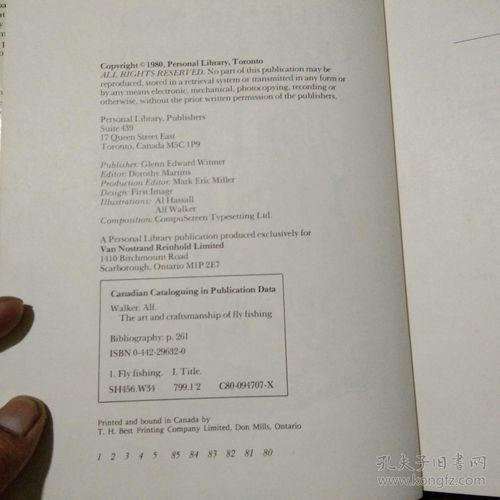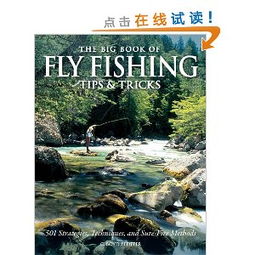The Art of Fly Fishing: Techniques and Tips for Tying Line to Your Rod
Fly fishing, an ancient and revered form of angling, requires a blend of skill, patience, and a deep understanding of the art of tying line to your rod. Whether you are a seasoned angler looking to refine your technique or a beginner eager to embark on this captivating hobby, mastering the art of fly fishing starts with understanding how to properly tie line to your rod. In this article, we will delve into the essential techniques and tips for tying line to your rod, ensuring that you are well-prepared for the challenges and joys of fly fishing.
Understanding the Equipment

Before we dive into the nitty-gritty of line tying, it's important to have a basic understanding of the equipment you will be using. A fly rod is a specialized piece of equipment designed to cast lightweight flies. It consists of several components, including the rod itself, the reel, the line, and the leader.
The line is the most crucial element in fly fishing, as it is the medium through which you present your fly to the fish. There are three main types of line: the fly line, the leader, and the tippet. The fly line is the main casting line, the leader is a section of line that connects the fly line to the fly, and the tippet is the smallest diameter line that terminates in the fly.
Choosing the Right Line
The first step in tying line to your rod is to choose the right type of line. Fly lines come in various weights, lengths, and materials, each designed for specific conditions and species of fish. It's important to match the line to the type of fishing you plan to do.
For beginners, a weight-forward fly line is typically recommended as it is easier to cast and more forgiving. As you progress, you may want to experiment with different types of lines, such as floating, sinking, or intermediate, depending on the water conditions and the fish you are targeting.
Tying the Line to the Rod
Now that you have the right line, it's time to tie it to your rod. The most common method for attaching the fly line to the rod is the Albright Knot. Here's a step-by-step guide:
- Prepare the Line: Cut a length of fly line that is about 6-8 feet longer than your rod's length.
- Form the Loop: Take the end of the line and make a loop by passing it through the eye of the rod's tip.
- Cross the Lines: Take the end of the line and cross it over the standing part of the line to form a loop in the middle.
- Form the Knot: Pass the end of the line through the loop you just created.
- Tighten the Knot: Hold the loop and the standing part of the line with one hand. With the other hand, pull the end of the line to tighten the knot.
- Secure the Knot: Once the knot is tight, trim the excess line and burn the end to prevent fraying.
Tying the Leader to the Fly Line
The leader is the connection between the fly line and the fly. It is typically made of a stiffer material than the tippet and is tied to the fly line using the same Albright Knot. Here's how to do it:
- Prepare the Leader: Cut a leader that is about 9-12 feet long, depending on the size of the fish you are targeting.
- Tie the Leader to the Fly Line: Follow the same steps as above, but this time tie the end of the leader to the end of the fly line instead of the rod's tip.
- Attach the Tippet: The tippet is tied to the end of the leader using a loop-to-loop connection. This allows for easy changes of flies and leaders.
Advanced Techniques
Once you have mastered the basic techniques of tying line to your rod, you can explore more advanced methods and knots. Some popular options include the Clinch Knot, the Improved Clinch Knot, and the Blood Knot. These knots are stronger and more versatile, making them suitable for a variety of fishing scenarios.
Conclusion
Tying line to your rod is a fundamental skill in fly fishing that requires practice and patience. By understanding the different types of lines, choosing the right equipment, and mastering the knots, you will be well on your way to becoming a proficient fly fisherman. Remember, the key to success in fly fishing is not just in the technique, but in the connection you build with the water and the fish. Happy fishing!












